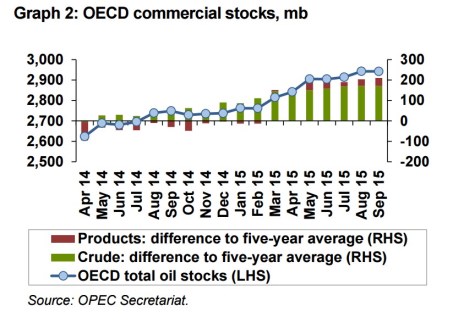Operating in a World of $50 Oil
(RigZone.com) While hopes for a reversal in oil prices may have faded just after mid-August when U.S. crude oil futures slipped to a six-and-a half year low, the battered petroleum industry continues to plod along in its search for ways to steer through these difficult times.


